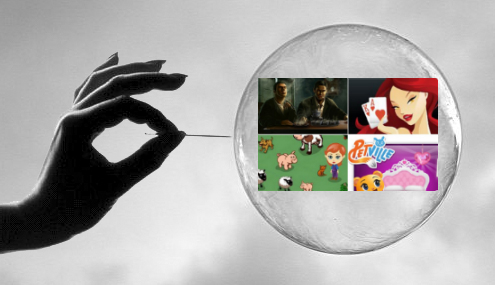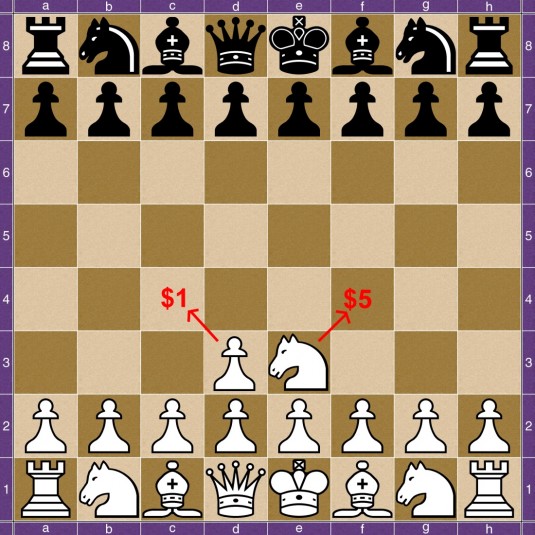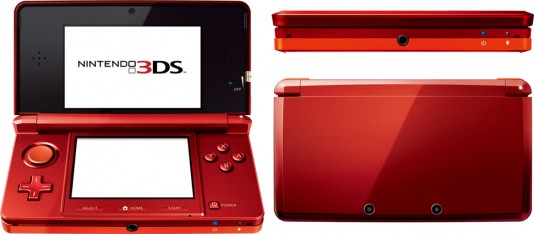“Social,” “mobile,” and “convergence” are both buzzwords and buzz saws.
By Ted Pollak
[Editor’s Note: This is the second in a series of year-in-review articles from the Jon Peddie Research team.]
2012 was a year of contrasts for the global gaming industry, at least in the mature markets. Some gamers began to tire of the slow transition to more advanced consoles, as well as the industry’s lukewarm support of the PC platform. However at the same time, gamers enjoyed the price drop in 1080p TV and PC displays, the great advancements in mobile processors, as well as discounts on consoles and PC components.
In developing markets, thanks to low-cost mobile devices, tens of millions of people were introduced to video games for the first time in their lives. The price/performance ratio of PC components also bolstered the ranks of hardcore gamers on PC platform in these markets.

2012 saw the bubble burst for huge money in social games. Make no mistake about it, the market is there and it is growing, but the valuations placed upon it by Wall Street and naïve (or mercenary) industry pundits came crashing down with Zynga’s stock price. For mobile games there is a similar story. The market is significant and growing, but the ability to harness it financially for any single developer or publisher proved to be as slippery as catching trout bare-handed from a stream. The sheer number of titles and the low barriers to entry, couple with robust development platforms like Unity, produced a crowded market with probable manipulation of app rankings in underhanded attempts to land on the “most popular” lists. This is all great for consumers by the way, they could care less about the money-making woes of big publishers. According to App Annie, EA has over 950 apps on iOS alone. I think this illustrates the need for a big publisher to literally flood the market to get any significant revenue.
The console market demonstrated fatigue in some ways and resilience in others. Gamers bought fewer consoles and games than last year, producing harsh headlines from journalists. However the revenue per title increased as developers continue to add long-tailed monetization schemes to their titles with map packs, micro-transactions, and other content.
On that note, the year also brought another bubble to bear on all platforms; multiplayer Free to Play (F2P). There is way too much confidence in this model baked into the current mindset. Granted, there have been some resounding financial successes, but a good chunk of the market will reject the model eventually, unless certain conditions are met. Multi-player gamers are competitive and do not want an uneven playing field with people essentially “paying to win.” That said, some creative tweaking could potentially correct these problems. As it is now, much of the F2P market is taking advantage of unskilled players producing behavioral patters similar to gambling addictions, and disrespecting skilled players who just want an even playing field. These are games, after all.

2012 cemented the use of consoles outside of gaming as an entertainment hub. Sony recently announced that the PlayStation 3 has become the world’s largest delivery mechanism for streaming Netflix onto televisions. On the flipside, there are rumors Microsoft is trying to get Xbox into cable boxes, which would be a hit if they can pull it off.
Nintendo is also betting heavily on multi-use for its consoles with the new Wii-U offering many features and services for living room entertainment enhancement. The skepticism for Nintendo’s efforts is like a broken record. And again Nintendo hushed their critics with another successful console launch. Some people just can’t recognize “elegant simplicity” when they see it. Not to mention pure innovation. The tablet controller using the base station’s GPU with wireless video is truly revolutionary and will probably be copied; they will have brutal competition.
Another overlooked success for Nintendo is 3DS sales. The device was significantly discounted right after launch, due to the bad timing of being released in the face of a grim economic environment and a cool attitude toward 3D. However, the auto stereoscopic screen is amazing and 2012 will probably end with over 30 million of these devices cumulatively sold. The perplexing contrast to 3DS sales in 2012 was the lackluster sales of the Sony Vita. The device is truly fantastic but will probably end the year with fewer than 6 million units in cumulative sales.
2012 was a strange year for PC gaming. Big players are trying to make it something it’s not, with Valve releasing its “Big Picture” service though digital distribution platform Steam. Big Picture is attempting to bring PC gaming into the living room despite entrenched offerings from three dedicated console players selling subsidized platforms, and a host of competing offerings on the horizon, including Kickstarter-funded mini consoles, integrated TV gaming solutions, tablet to TV tech, and probable future products from Google and Apple TV services.

The tablet and touch market is starting to pull the rug out from under the low-end PC gaming market, with mainstream notebook sales and margins beginning to suffer at the hands of these devices in 2012. The enthusiast PC gamer however had a good year. The main reason behind this is the awesome advances in price/performance of CPU and GPU. Intel’s Core i5 series, in its faster iterations, and coupled with a mid-range GPU, have allowed lower mid-budget PC gamers to build truly powerful computers that can run anything, sometimes even at HD+ resolutions. Despite video games needing solid GPUs from Nvidia or AMD, CPU has recently become a bottleneck in popular titles; Intel i5 CPUs are held in high regard by enthusiast PC gamers and considered the sweet spot.





